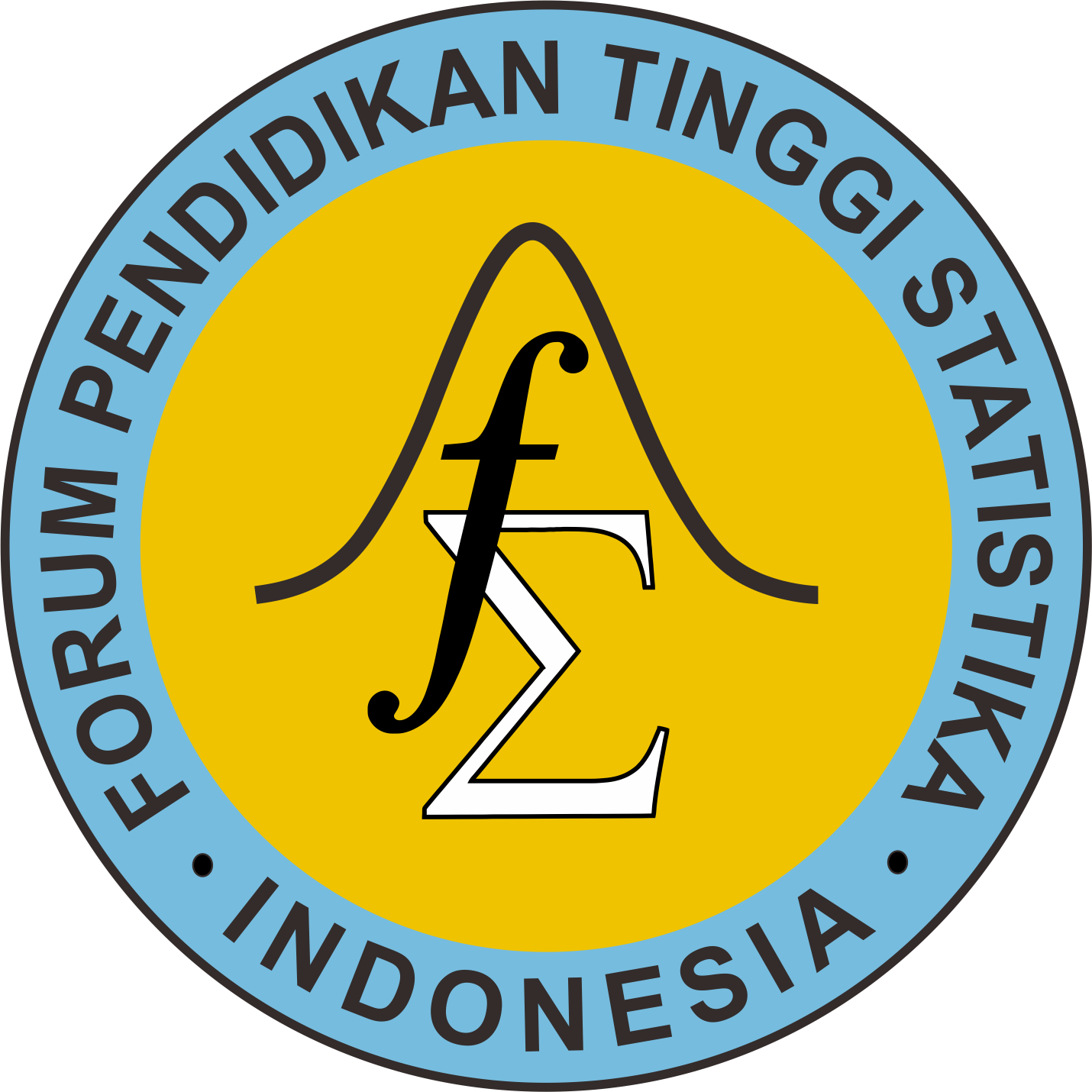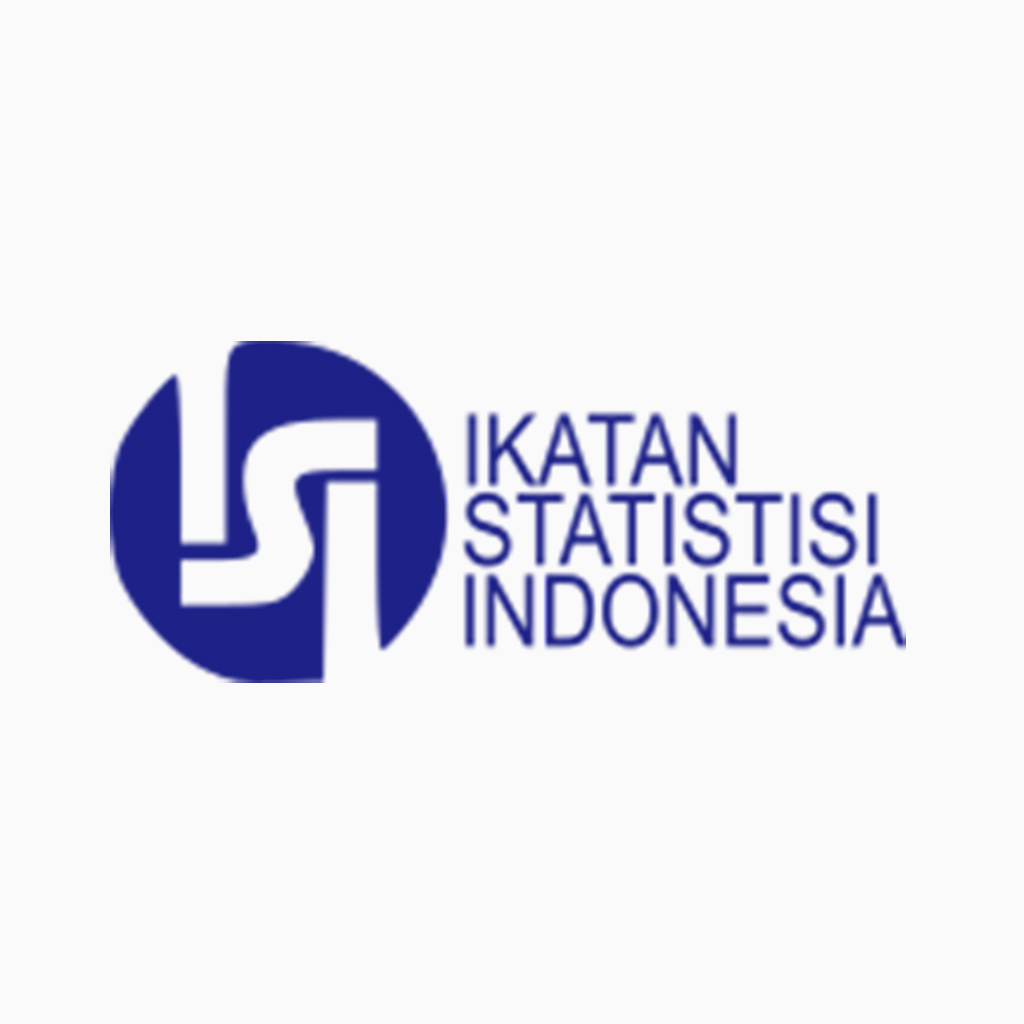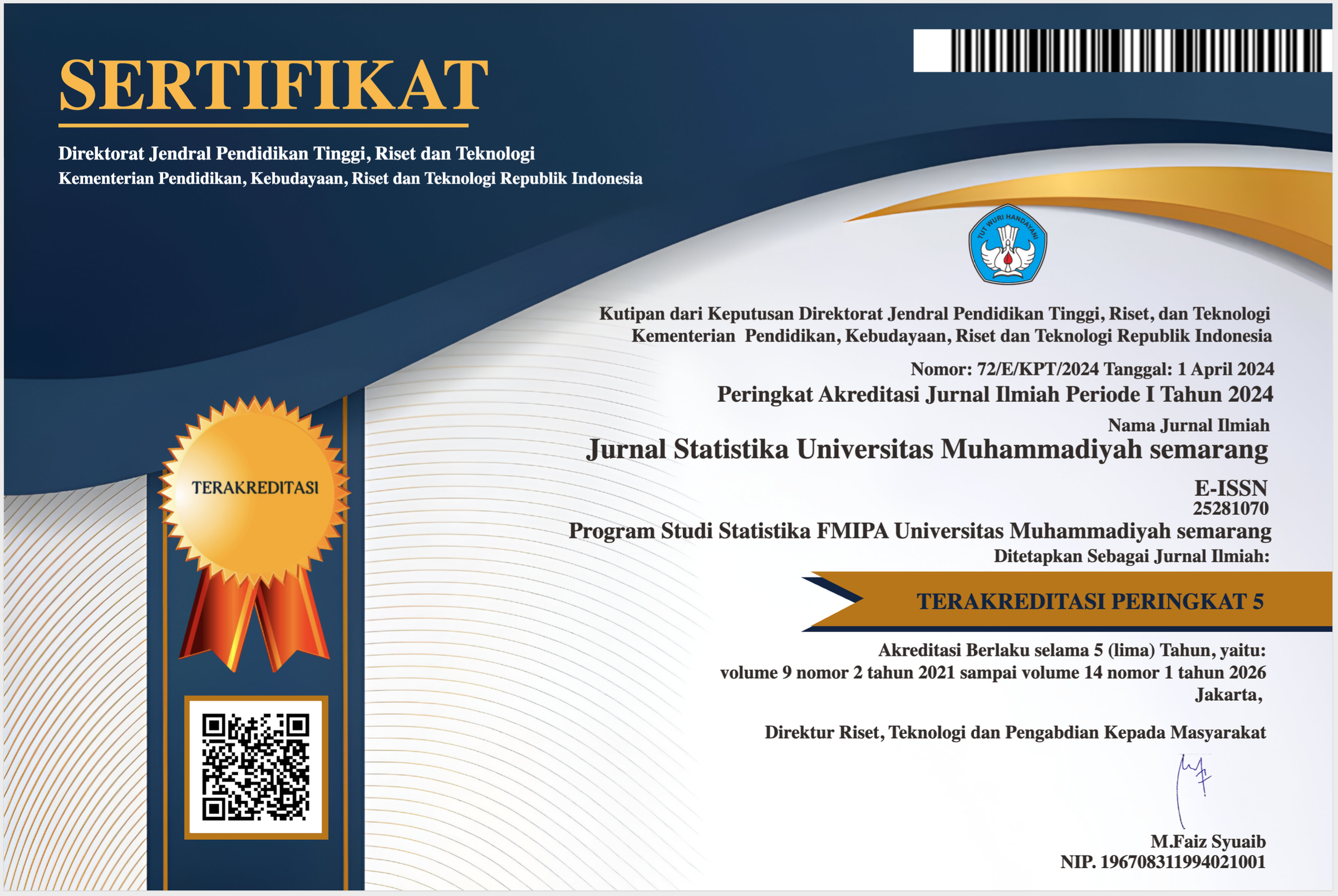Determining Sister City Regency/City Non-Sample Cost of Living Survey (SBH) and Clustering Analysis of Consumption Patterns in West Java using the Machine Learning Method
(1) Badan Pusat Statistik (BPS) Kuningan Regency
(2) BPS Education and Training Center
(3) Statistics Study Program, Faculty of Mathematics and Natural Science, Universitas Mulawarman
(4) Statistics Study Program, Faculty of Mathematics and Natural Science, Universitas Mulawarman
(*) Corresponding Author
Abstract
Keywords
Full Text:
PDFReferences
G. Strasser, T. Messner, F. Rumler, and M. Ampudia, “Inflation heterogeneity at the household level,” ECB Occas. Pap., no. 2023/325, 2023.
S. Sarbaini and N. Nazaruddin, “Pengaruh Kenaikan BBM Terhadap Laju Inflasi di Indonesia,” J. Teknol. Dan Manaj. Ind. Terap., vol. 2, no. I, pp. 25–32, 2023.
A. M. Taylor and M. P. Taylor, “The purchasing power parity debate,” J. Econ. Perspect., vol. 18, no. 4, pp. 135–158, 2002.
S. Indonesia, “Encyclopedia of Social and Economic Indicators,” Statistics Indonesia.
A. B. Santosa, “Analisis Inflasi di Indonesia,” 2017.
A. Adji, T. Hidayat, H. Tuhiman, S. Kurniawati, and A. Maulana, “Pengukuran Garis Kemiskinan di Indonesia: Tinjauan Teoretis dan Usulan Perbaikan,” Jakarta Tim Nas. Percepatan Penanggulangan Kemiskin., 2020.
P. D. Pickupana, P. H. P. Jati, and M. Sukin, “Penentuan Sister City Untuk Pembentukan Diagram Timbang Di Nusa Tenggara Timur Dengan Algoritma K-Means,” J. Stat. Terap. (ISSN 2807-6214), vol. 1, no. 2, pp. 14–24, 2021.
A. Fadlurohman and T. W. Utami, “Pemodelan Generalized Space Time Autoregressive With Variable Exogenous (Gstar-X) Pada Inflasi Enam Kota Survei Biaya Hidup Di Jawa Tengah,” in Prosiding Seminar Nasional Indonesian R Summit, 2020.
A. Mahendra, “Analisis Pengaruh Pertumbuhan Ekonomi, Pendapatan Perkapita, Inflasi Dan Pengangguran Terhadap Jumlah Penduduk Miskin Di Provinsi Sumatera Utara,” J. Ris. Akunt. Keuang., pp. 123–148, 2016.
A. DURROTUSSA’ADAH, “Pembangunan Sistem Pakar untuk Manajemen Pengetahuan pada Kegiatan Peninjauan dan Pengeditan Data Survei Biaya Hidup.” Program Studi Komputasi Statistik Program Diploma IV, 2016.
E. Pujiati, D. Yuniarti, and R. Goejantoro, “Peramalan Dengan Menggunakan Metode Double Exponential Smoothing Dari Brown,” J. Eksponensial, vol. 7, no. 1, pp. 33–40, 2017.
A. Harumeka, “Pemanfaatan Data Survei Sosial Ekonomi Nasional Untuk Memilih Sister City Pada Kabupaten/Kota Non-Sampel Survei Biaya Hidup Di Jawa Timur: Utilization of National Socio-Economic Survey Data to Select Sister Cities in Non-Sample Districts/Cities of the Cos,” J. Ilm. Komputasi dan Stat., vol. 2, no. 2, pp. 26–31, 2023.
T. W. Liao, “Clustering of time series data—a survey,” Pattern Recognit., vol. 38, no. 11, pp. 1857–1874, 2005.
A. A. Mattjik, I. Sumertajaya, G. N. A. Wibawa, and A. F. Hadi, “Sidik peubah ganda dengan menggunakan SAS.” 2011.
A. Budi and H. Maulana, “Pengenalan Citra Wajah Sebagai Identifier Menggunakan Metode Principal Component Analysis (PCA),” J. Tek. Inform., vol. 9, no. 2, 2016.
P. Galeano, D. Peña, and R. S. Tsay, “Outlier detection in multivariate time series by projection pursuit,” J. Am. Stat. Assoc., vol. 101, no. 474, pp. 654–669, 2006.
R. Ardalova, “Analisis Harga Cabai Merah Besar di Pasar Eceran Jakarta dengan Menggunakan Analisis Gerombol Deret Waktu”.
R. M. KUSAIRI, “An Improved Biclustering Algorithm With Overlapping Control For Identification Of Informative Genes And Pathways,” 2021.
S. C. Madeira and A. L. Oliveira, “Biclustering algorithms for biological data analysis: a survey,” IEEE/ACM Trans. Comput. Biol. Bioinforma., vol. 1, no. 1, pp. 24–45, 2004.
S. Dutta, M. Hore, F. Ahmad, A. Saba, M. Kumar, and C. Das, “SBi-MSREimpute: A Sequential Biclustering Technique Based on Mean Squared Residue and Euclidean Distance to Predict Missing Values in Microarray Gene Expression Data,” in Emerging Technologies in Data Mining and Information Security: Proceedings of IEMIS 2018, Volume 2, Springer, 2019, pp. 673–685.
L. A. Mina and G. W. Sledge Jr, “Rethinking the metastatic cascade as a therapeutic target,” Nat. Rev. Clin. Oncol., vol. 8, no. 6, pp. 325–332, 2011.
D. J. Dhandio, M. A. Simanjuntak, S. Martha, and S. Supandi, “Peramalan Inflasi Kota Pontianak dengan Metode Double Exponential Smoothing: Pontianak City Inflation Forecasting Using the Double Exponential Smoothing Method,” in Jurnal Forum Analisis Statistik (FORMASI), 2023, pp. 51–66.
Ł. Pawluczuk and M. Iskrzyński, “Food web visualisation: Heat map, interactive graph and animated flow network,” Methods Ecol. Evol., vol. 14, no. 1, pp. 57–64, 2023.
M. Kirişci, “New cosine similarity and distance measures for Fermatean fuzzy sets and TOPSIS approach,” Knowl. Inf. Syst., vol. 65, no. 2, pp. 855–868, 2023.
V. A. P. Sangga, “Perbandingan algoritma K-Means dan algoritma K-Medoids dalam pengelompokan komoditas peternakan di provinsi Jawa Tengah tahun 2015,” 2018.
B. P. Statistik, “Data dan Informasi kemiskinan kabupaten/kota tahun 2018,” Jakarta Badan Pus. Stat., 2019.
S. Sudirman, I. G. Indradi, A. Sriyono, and A. Prayitno, “Analisis Determinan Dan Program Pengentasan Kemiskinan Rumahtangga Petani Dalam Rangka Mendukung Arahan Kebijakan Reforma Agraria Dalam Mengatasi Kemiskinan Petani (Studi Di Desa Bogem Kecamatan Bayat, Klaten Jawa Tengah),” 2011.
B. Pudjianto and M. Syawie, “Kemiskinan dan pembangunan manusia,” Sosio Inf. Kaji. Permasalahan Sos. dan Usaha Kesejaht. Sos., vol. 1, no. 3, 2015.
R. F. Pratama, “Menerapkan Algoritma Support Vector Machine (SVM) di Klasifikasi Masyarakat Tanjung Lowland di Lampung Timur,” J. Portal Data, vol. 2, no. 10, 2022.
M. Raymond, “Ilmu Peluang dan statistika untuk insinyur dan ilmuwan,” 2016.
Article Metrics
Abstract view : 271 timesPDF - 84 times
DOI: https://doi.org/10.26714/jsunimus.12.1.2024.%25p
Refbacks
- There are currently no refbacks.
Copyright (c) 2024 Jurnal Statistika Universitas Muhammadiyah Semarang
Editorial Office:
Department of Statistics
Faculty Of Mathematics And Natural Sciences
Universitas Muhammadiyah Semarang
Jl. Kedungmundu No. 18 Semarang Indonesia
Published by:
Department of Statistics Universitas Muhammadiyah Semarang
This work is licensed under a Creative Commons Attribution 4.0 International License








2.png)



